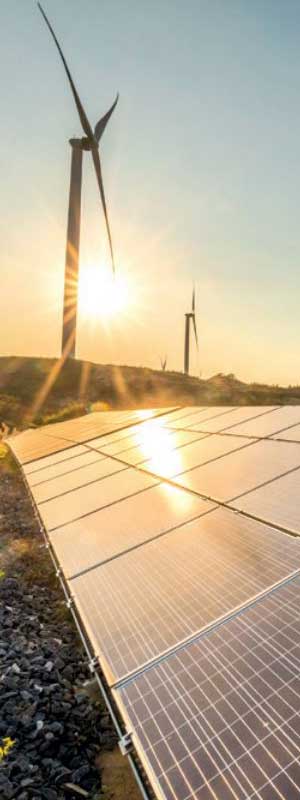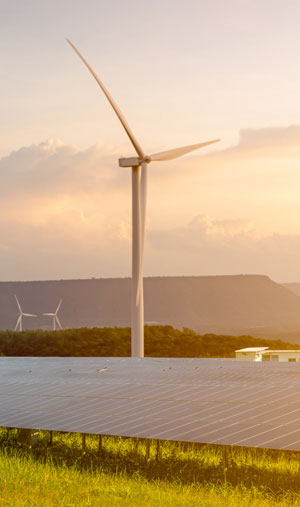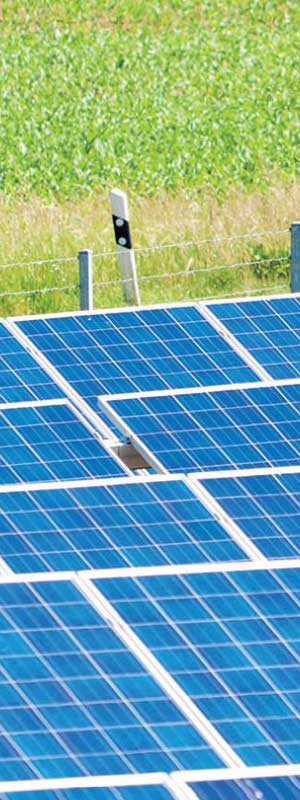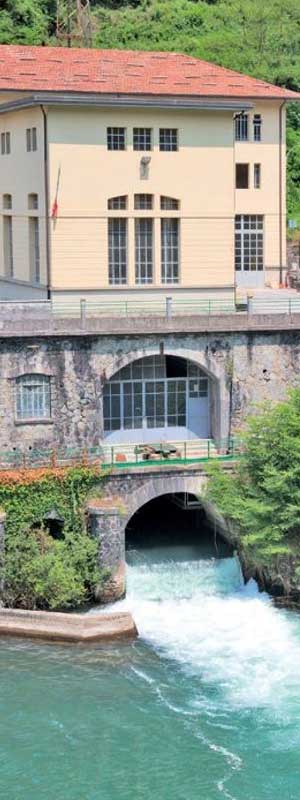9 December 2022
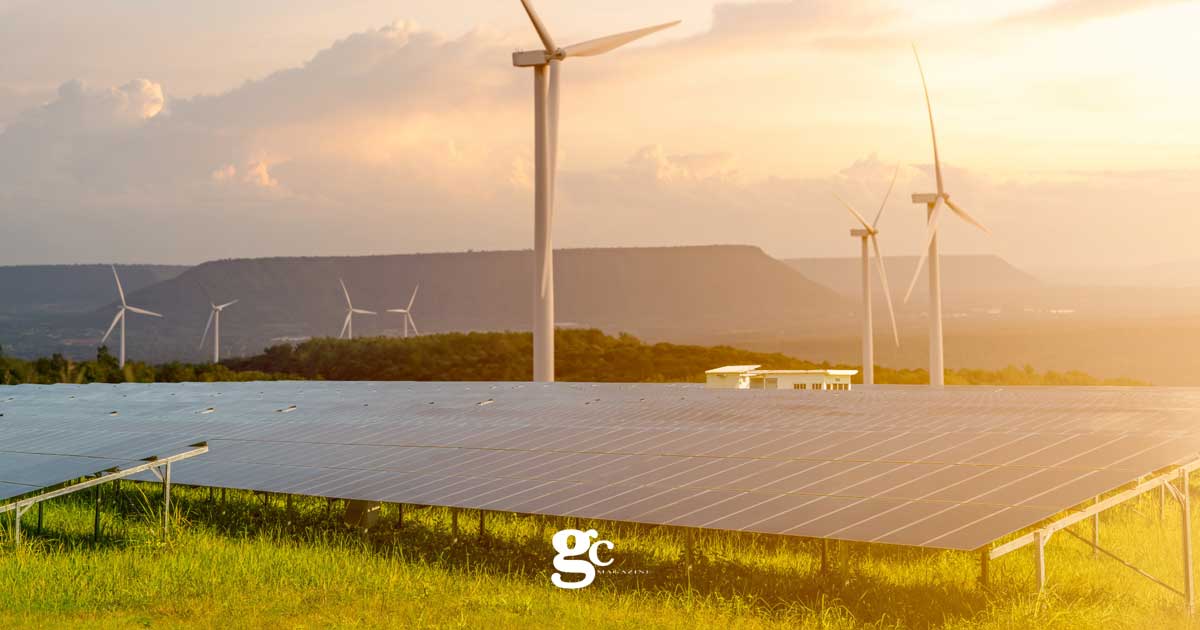
The study by The European House-Ambrosetti in collaboration with A2A
The position paper “Towards Italian Energy Independence: Water, Wind, Sun, Waste as Our Raw Materials,” created and presented by The European House-Ambrosetti in collaboration with A2A at the early September Forum in Cernobbio, outlines five key points.
- Italy is currently fifth to last in Europe for energy self-sufficiency (22.5% vs. the EU average of 39.5% in 2019) but ranks second for the availability of renewable resources on its territory.
- By leveraging its raw materials – water, wind, sun, and waste – and focusing on the electrification of consumption and efficiency improvements, Italy can achieve 58.4% energy self-sufficiency. This would nearly triple current levels, representing about a fourfold increase compared to the past 20 years.
- With current technologies and regulatory and structural constraints, Italy could increase its installed capacity by 105.1 GW of solar, 21.1 GW of wind, and 3.3 GW of hydroelectric power by activating renewable energy sources.
- About 8 million tons of waste can be converted into energy, producing over 7 TWh of electricity, a 55% increase compared to 2020.
- Exploiting biomethane could yield around 6.3 billion m³ (8% of national consumption and 22% of gas imported from Russia).
The study employed a bottom-up analytical approach to assess how leveraging Italy’s available energy sources can contribute to energy independence and the role regions play in this process. It quantified development opportunities based on regional characteristics and available energy sources (water, wind, sun, and waste) within the context of current technologies and existing regulatory and structural constraints.
“With this study, we were able to analyze the potential of regions in terms of leveraging available energy sources and define the contribution of different areas to the country’s energy independence within existing regulatory and structural constraints,” said Marco Patuano, President of A2A, at the press conference. “Significant progress has already been made in developing energy production from renewable sources, as shown by Ambrosetti’s index, which indicates Italy has seen the sharpest increase among major European countries from 2000 to 2019. Optimizing production according to the specific characteristics of each Italian region, the resources available, and existing plants could fully activate Italy’s potential and reduce dependence on external dynamics. Achieving this goal requires a paradigm shift and the fundamental involvement of national and local institutions, citizens, and businesses.”
“This summer was marked by the ongoing effects of a geopolitical and economic crisis and the increasingly evident impacts of climate change. This scenario has heightened awareness of the need to maximize the use of renewable energy sources to make the country as autonomous as possible and accelerate decarbonization and ecological transition,” commented Renato Mazzoncini, CEO of A2A. “According to Ambrosetti’s indicator, Italy is currently fifth to last in Europe for energy self-sufficiency but second for renewable resource availability. Fully exploiting our domestic sources – such as water, wind, sun, and waste – would allow us to triple Italy’s energy independence, nearly quadrupling the increase observed in the last 20 years, benefiting citizens and businesses.”
Italy’s Energy Self-Sufficiency
According to the index by The European House-Ambrosetti, Italy is one of the European countries with the lowest energy self-sufficiency, producing only 22.5% of the energy it consumes, compared to a European average of 39.5%. Italy ranks fifth to last in the EU, ahead of only Malta (2.7%), Luxembourg (5.0%), Cyprus (7.2%), and Belgium (22.4%). However, Italy is among the most improved in terms of energy self-sufficiency, having increased its level by 9 percentage points between 2000 and 2019, more than double that of France (3.7 percentage points) and over four times that of Spain (1.8 percentage points). This growth is attributable to the development of renewable energy sources present in the territory and further exploitable. According to the index, which considers the usability of water, sun, and wind, Italy ranks second in the EU for the availability of renewable energy sources.
Development Opportunities from Renewable Energy Sources
Following the logic of rapidly activating energy sources, the study highlights that boosting the domestic production of renewable energies can increase energy self-sufficiency. Regarding photovoltaics, the development opportunity in Italy – with current technologies and regulatory and structural constraints – amounts to an additional 105.1 GW, nearly five times the current installed capacity. Of these incremental GW, about 40% are related to rooftop installations, while 60% are ground-mounted. For wind energy, the development potential in Italy is estimated to increase by 21.1 GW, nearly twice the current installed capacity. Lastly, the development of hydroelectric power – through repowering existing plants and developing mini-hydroelectric plants – could increase capacity by 3.3 GW, over 20% of the current installed hydroelectric capacity.
Development Opportunities from Energy Recovery from Waste and Biomethane Development
A fourth resource present in the territory, complementing renewable energy sources, is waste. Proper waste management can reduce landfill use and contribute to increasing national electricity production.
Overall, Italy currently has an opportunity for energy recovery from waste (urban and special) and sewage sludge amounting to over 8 million tons. Leveraging this opportunity can enable the generation of over 7 TWh of electricity, about 2% of the current annual electricity demand in Italy. Effective waste and by-product management can also create conditions for developing the biomethane supply chain. Specifically, by converting existing biogas plants, utilizing FORSU (organic fraction of municipal solid waste), and integrating biomass, about 6.3 billion m³ of biomethane can be produced, nearly double the national gas production, representing 8% of national gas consumption.
The Contribution of Available Energy Sources to Energy Independence
Overall, leveraging all development opportunities related to water, wind, sun, and waste, consistent with electrification and energy efficiency prospects, could nearly triple Italy’s energy self-sufficiency (reaching 58.4%), 35.9 percentage points more than today and about four times the increase observed in the last 20 years.
“The changed global geopolitical context has brought energy independence to the forefront of European and national agendas,” says Valerio De Molli, Managing Partner & CEO of The European House-Ambrosetti. “Italy is the second country in the European Union for the availability of renewable energy sources: these resources must be activated as soon as possible through strong regional involvement. Leveraging water, wind, sun, and waste – quickly activated considering current technologies and constraints – can increase our energy self-sufficiency by almost 36 percentage points, significantly contributing to ensuring current consumption levels and achieving the most important sustainability and decarbonization goals.”
Taken from Green Company Magazine (Volume 8) – see all magazine issues

Press review
For information
